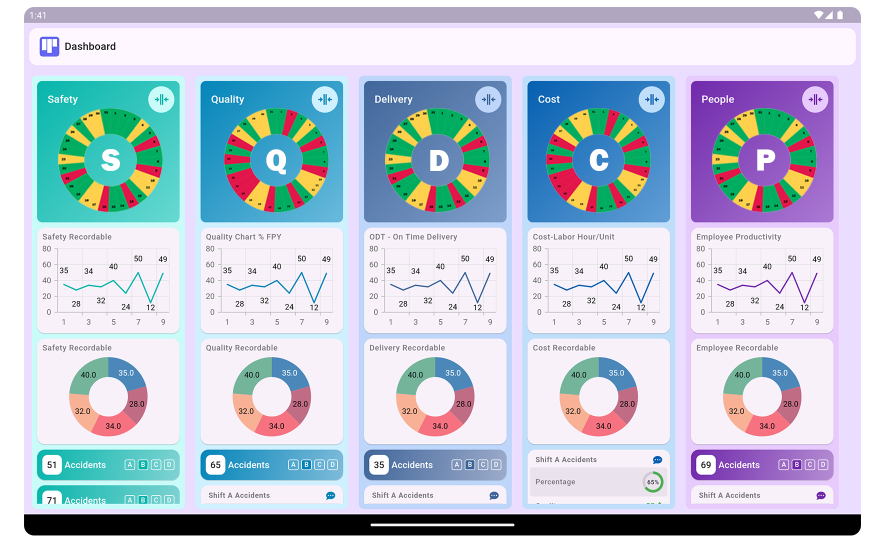1. Establishing a Safety-Centric Culture
By embedding safety into daily operations, SQDCP fosters a culture where safe practices are a priority. Regular review of safety metrics reinforces this focus and reduces complacency.
Safety is a fundamental pillar of any organization’s success, especially in industries where risks to employees, assets, and processes are significant. SQDCP—an acronym for Safety, Quality, Delivery, Cost, and People—provides a structured framework for managing these critical elements holistically. By integrating safety into this model, organizations can align their operational strategies with their safety objectives, fostering a culture of accountability and continuous improvement.

In the SQDCP framework, Safety is given primary importance, emphasizing its critical role in organizational success. Safety metrics are used to monitor and improve workplace conditions, ensuring compliance with regulations and minimizing risks to employees and operations.
By embedding safety into daily operations, SQDCP fosters a culture where safe practices are a priority. Regular review of safety metrics reinforces this focus and reduces complacency.
Integrating safety into the broader SQDCP framework ensures alignment with strategic goals, showcasing the impact of safety on quality, delivery, and cost management.
Safety metrics enable early detection of potential hazards, allowing organizations to implement preventive measures before incidents occur.
Real-time tracking of safety metrics provides insights into compliance and deviations, ensuring safety remains a priority in all operations.
Assigning specific safety goals to teams encourages collective responsibility, leading to improved adherence to safety protocols.
The People component of SQDCP complements safety initiatives by focusing on employee well-being and providing training on safety practices.
Analyzing safety data helps organizations refine strategies, allocate resources efficiently, and track the effectiveness of safety measures.
Safe environments ensure high-quality outcomes by reducing errors and process interruptions.
Accident-free operations enable organizations to meet delivery timelines without disruptions.
Proactive safety measures reduce costs associated with accidents, legal fees, and downtime.
A safe workplace boosts employee morale, reduces turnover, and attracts top talent.
As technology advances, SQDCP integrates with digital tools for real-time monitoring, predictive analytics, and IoT-enabled safety solutions. These innovations enable organizations to anticipate risks and implement preventive measures proactively, ensuring safety remains a strategic priority.
SQDCP provides a comprehensive framework for embedding safety into daily operations and aligning it with organizational goals. By fostering a culture of accountability and continuous improvement, it helps organizations achieve better safety outcomes while enhancing overall performance. Adopting SQDCP is a strategic step toward sustained success in ensuring workplace safety.